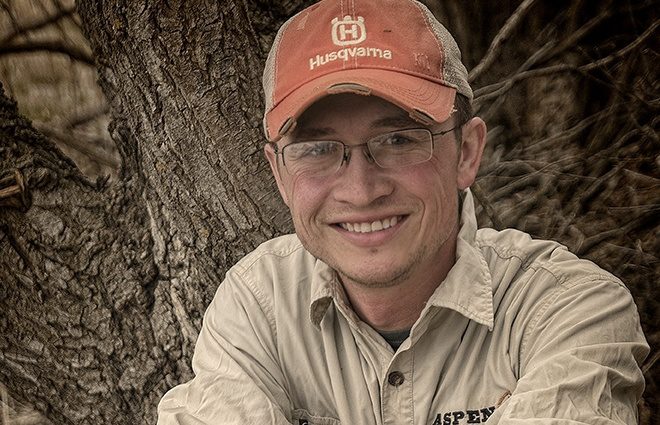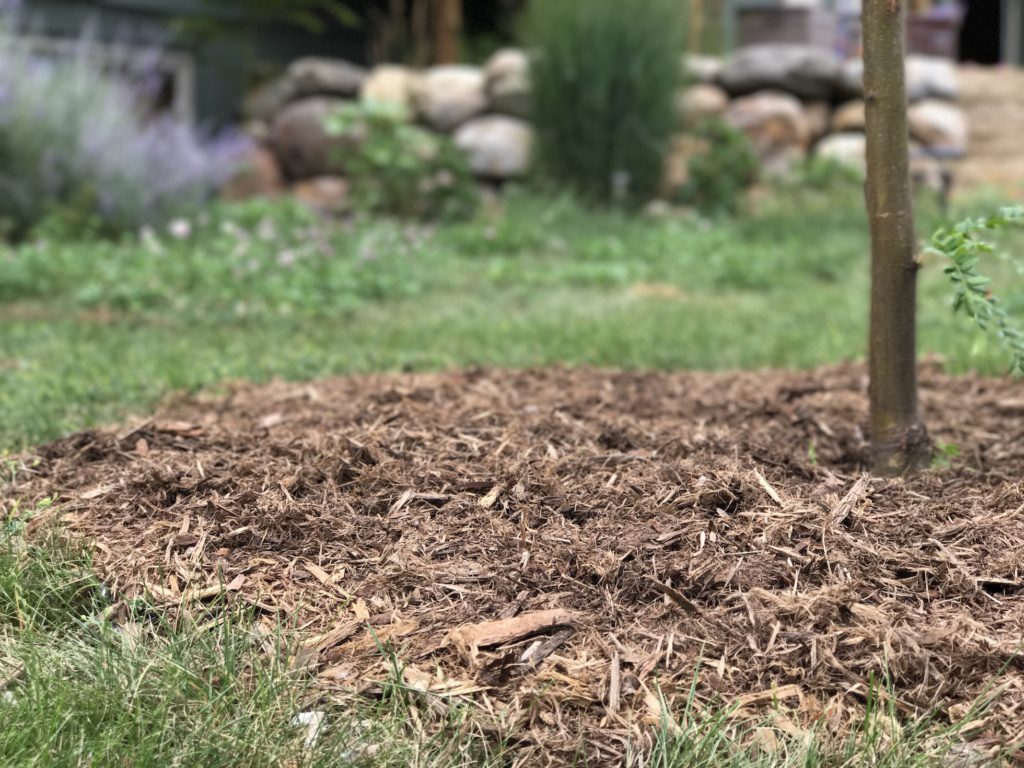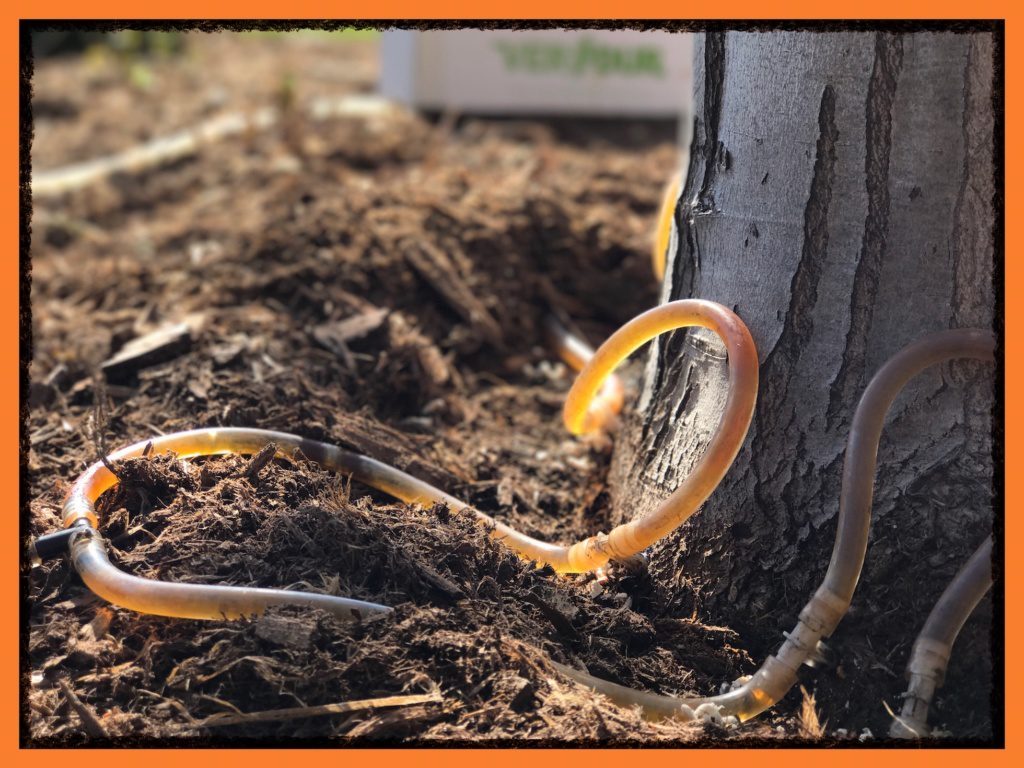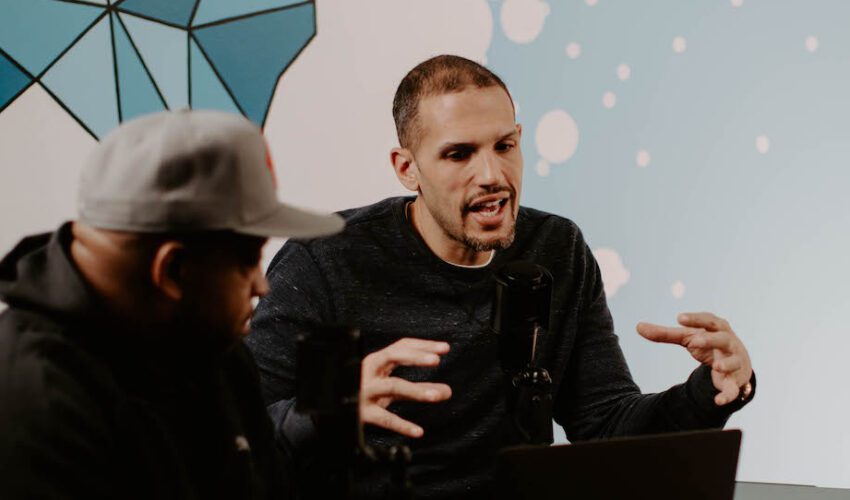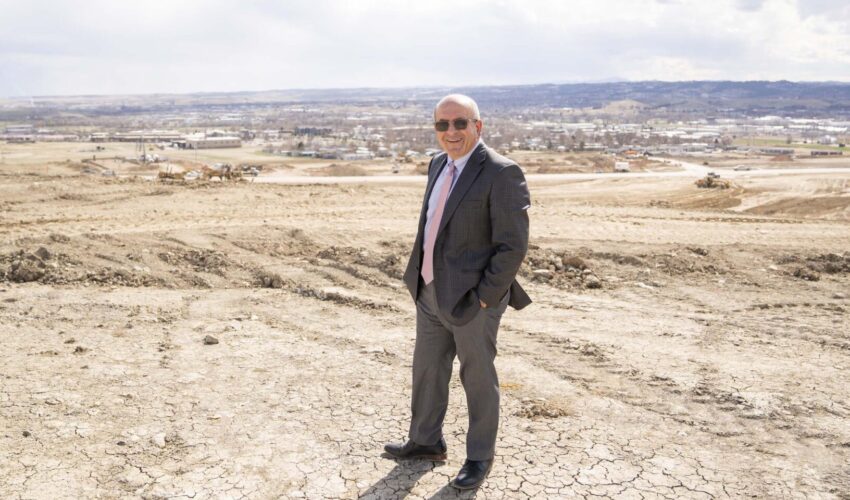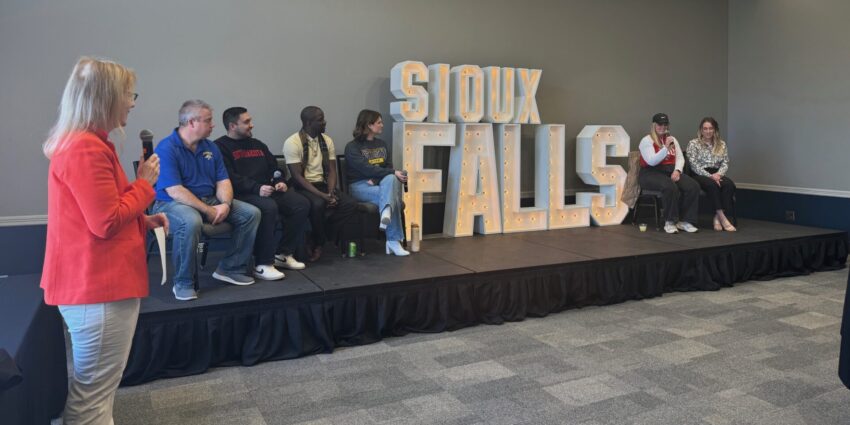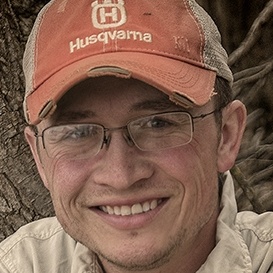Got tree troubles? He’s the only one to call
Aug. 16, 2018
This paid piece is sponsored by Aspen Arboriculture Solutions LLC.
Chances are if you have a tree in your yard at home or at your business, you’ve paid attention to the news this year about the risk for infestation from the emerald ash borer.
Emerald ash borer was confirmed in Sioux Falls earlier this year, which means one more reason to be aware of the health of your trees.
Sam Kezar is the local expert. The owner of Aspen Arboriculture Solutions LLC has been in the industry for 15 years and is ready to put his expertise to work for you.
How did you get into your field?
I was getting my undergraduate degree in wildlife and fisheries science at SDSU and took an arboriculture class and immediately knew that working with trees is what I wanted to do. I mean, you can swing from trees with a chainsaw, why wouldn’t you want to do that? It was a great fit for me too; I won the first South Dakota tree climbing competition that spring and went straight into grad school at SDSU the following fall studying arboriculture — it means the care of trees. I have owned my own business and been working in and caring for trees ever since.
You’re an ISA Board Certified Master Arborist and a certified arborist in South Dakota. What do those distinctions mean for customers?
Those certifications are ways that verify the knowledge and education that a person has in the tree care industry through testing and continuing education. The board certified certification — BCMA — from the International Society of Arboriculture is the highest certification someone can get in the tree care industry. It requires extensive industry experience before someone is qualified to take the exam. Then you must pass the very thorough exam and maintain over 60 hours of continuing education units every three years to maintain the certification. I received my BCMA in 2010. I am one of less than 2,000 arborists in North America with the BCMA and the only one in South Dakota in private industry.
What are some of the most common questions you’re receiving from customers this year?
This year has been a major flip from other years with the arrival of emerald ash borer. That has taken the spotlight off other normal tree health-related issues since it was discovered in early May. However, I tend to get a wide variety of questions from homeowners regarding the health of their trees that generally boil down to “What is wrong with my tree?”
What are some misconceptions out there surrounding tree health that might be good to address?
The biggest hurdle I run across when coming to diagnose or look at trees, is that not many people know who to turn to or when to turn to an arborist to care for their trees. Often time, landscaping companies that manage a property or mow the lawn get asked to care for trees or diagnose an issue. Or they turn to a nursery or garden center to find out what is ailing their tree. Trees are very complex plants, and the “green industry” has many professions within it. I don’t pretend to know how to care for lawns or shrubs. And I certainly am not good at installing a patio. I think the biggest misconception out there is that someone who works on a landscape has the necessary knowledge to care for a tree properly. There is a large challenge in this state of getting qualified and knowledgeable arborists to care for trees properly.
What should people be doing for their trees this time of year?
The best thing people can do for their trees, now and all year long, is to reduce the competition from turf — grass — away from the trunk of the tree by adding mulch. The simplest and easiest thing someone can do that makes a huge difference is to apply an area of mulch, 2 to 4 inches thick, under the tree from near the trunk out as far as you are willing to have it. Avoid using weed fabric and do not have it touch the tree trunk. You can learn more by finding a full article on it in my blog.
Are you really backlogged, or can people still make an appointment?
With the way I have my business structured, I am always available for a consultation. Once contacted, I’m rarely more than a week out to meet with someone to provide information. Proper science-based tree care is all about timing throughout the seasons so there are only a few times of the year — mostly early spring — where I’m booked out too far to make a visit to diagnose a problem. Consultations are $90 and are strictly information-based to diagnose your issue or help you with information in regards to your trees.
To reach Sam Kezar, call or text to 605-759-6020, email [email protected], or fill out the consultation request form on the website at aspenarbo.com.

